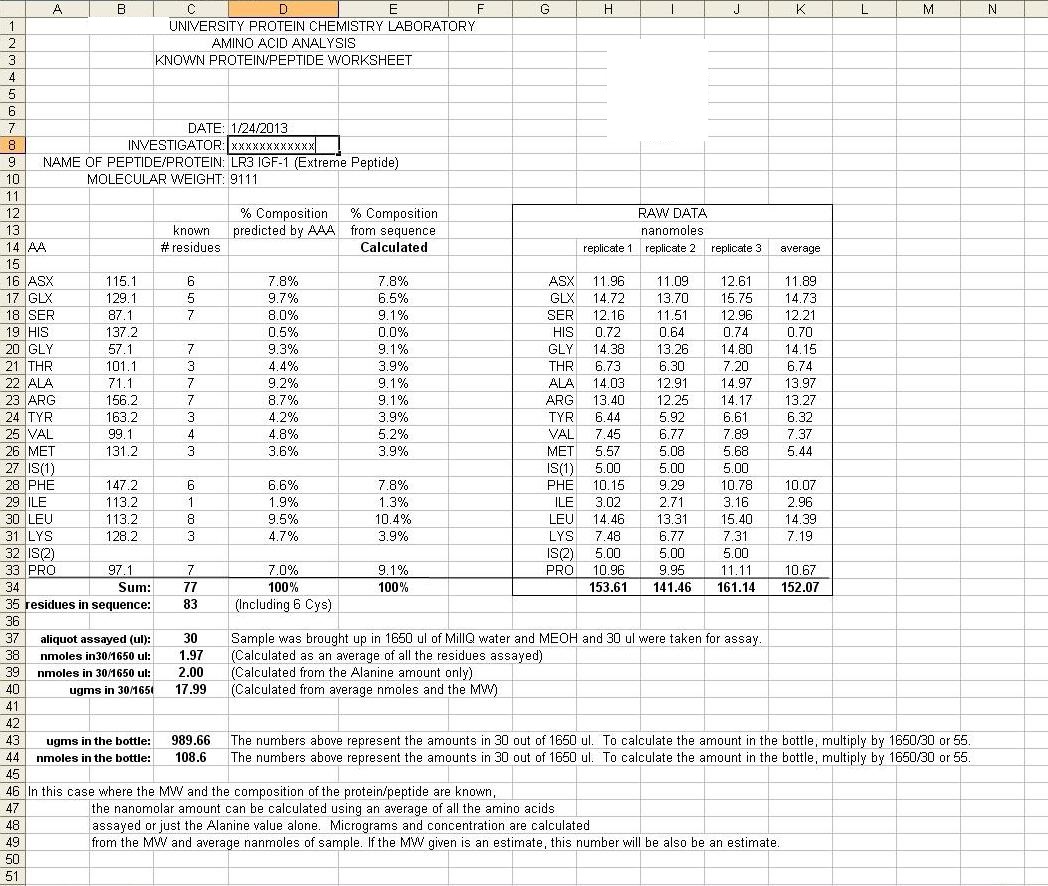Introduction:
As you may be aware, even the simplest organisms are actually very complicated from a functional perspective. No matter whether you are talking about something as small as a virus or as large as an elephant, each being must have some way to take in energy, use it for various functions, and then reproduce.
The vast majority of organisms on Earth make use of molecules known as peptides, to carry out many processes required for life. Since these tiny, but complex molecules influence just about every process in any given organisms, it should come as no surprise that researchers seek to study them and even produce them under laboratory conditions.
What are Peptides and Where do They Fit In?
Basically, peptides are smaller versions of proteins. They are made up of amino acids, and rely on either RNA or DNA for a template. Unlike proteins, peptides are so small they usually do not have complex folding structures. Interestingly enough, some peptides may even be involved in cellular reproduction as well as carry out many other functions within the cell. Since they are very small and far less complex than proteins, they are easier for researchers to study in laboratory conditions.
What are Amino Acids and Where do They Come From?
Before launching into a definition of amino acids, it will be of immense benefit to understand their position and relationship to molecules and organisms. Chances are you realize that modern science tends to think about both organic and inorganic structures in terms of smallest units.
For example, the smallest unit of functional matter is defined as an atom, while the smallest unit of life is defined as a cell. Even though there are subatomic particles, we still tend to use atoms as the basis for studying molecular interactions. In a similar way, cells are made up of organelles that carry out specific functions on various molecules. Depending on the organelle and the process involved, even a single atom may control the entry and exit of other molecules as well as what kinds of molecules will be created or taken apart within the organelle.
When it comes to classifying molecules, they are usually broken down into two main groups, and then smaller groups, based on structure and function. Inorganic molecules are defined as ones that are formed without the presence of living organisms. For example, water is made up of one oxygen molecule combined with two hydrogen molecules. Water forms when an acid and base react to each other and form some type of mineral salt plus H2O. Typically, these reactions only require the presence of the necessary molecules, appropriate temperature, and proper atmospheric pressure.
Organic molecules require a living organism to produce them. In the instance of amino acids, the vast majority of them are produced within cells that take in raw materials and then assemble proteins, nucleic acids, or peptides based on a template. Typically, amino acids are either taken in from another organism or manufactured within cells. They can be combined with other amino acids and other molecules.
Click here for the next article
For the rest of the series and the resources used click here
*Our products are for scientific research purposes only. (Click here to read our disclaimer)
Click here to view the homepage of our store
Click here to view our entire PDF research library
Click here to view or download this article in PDF format

